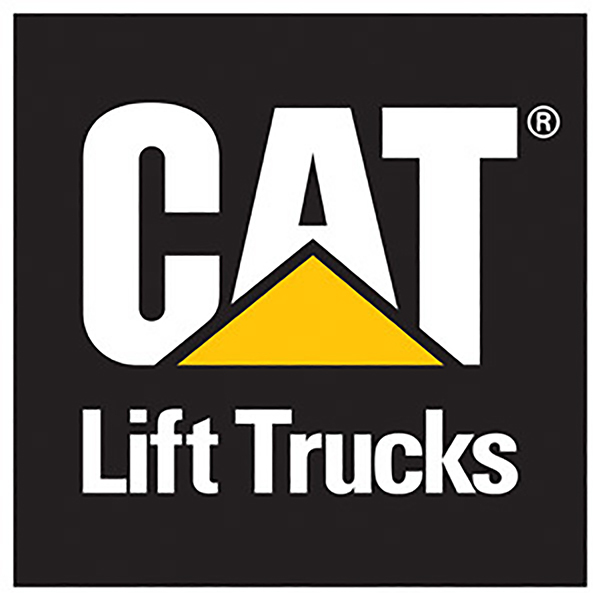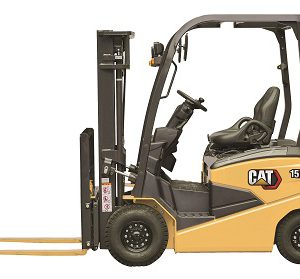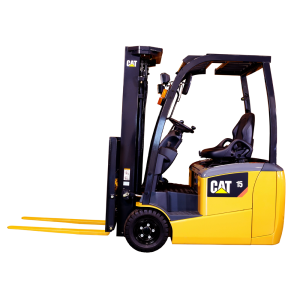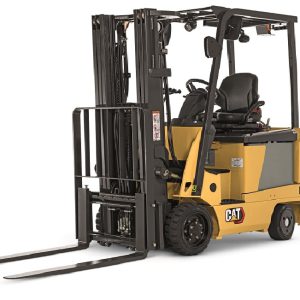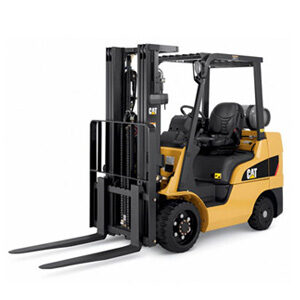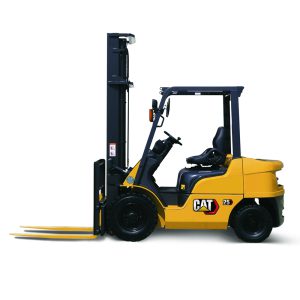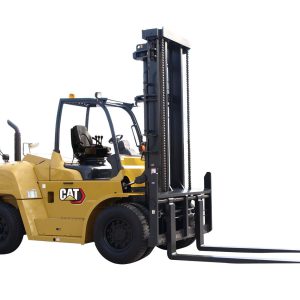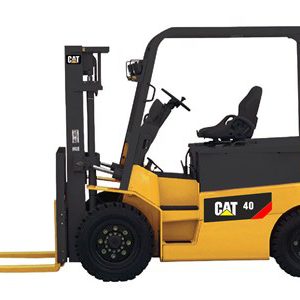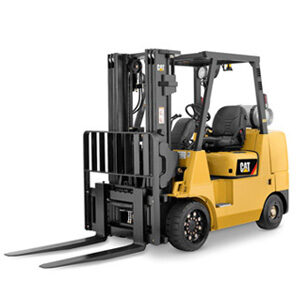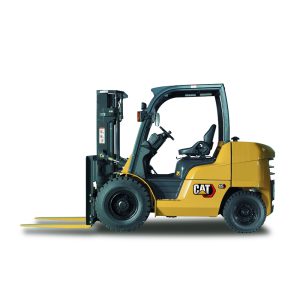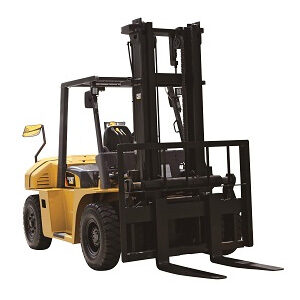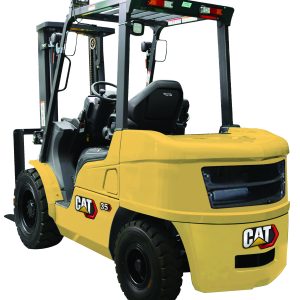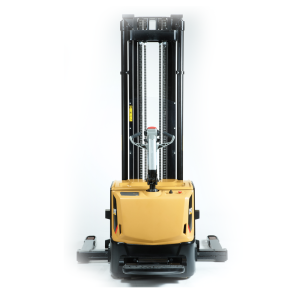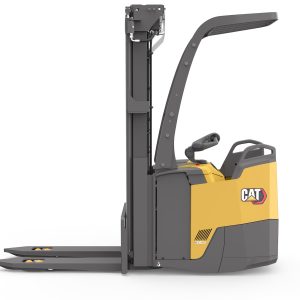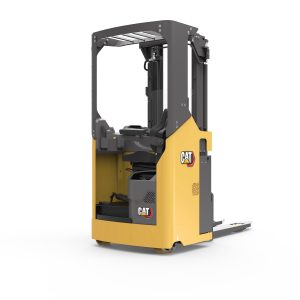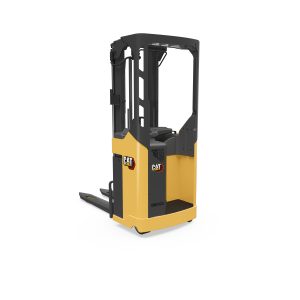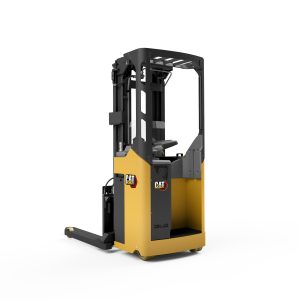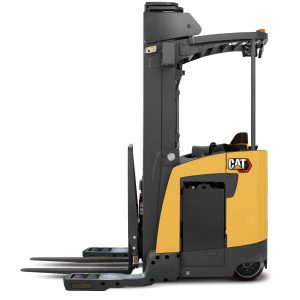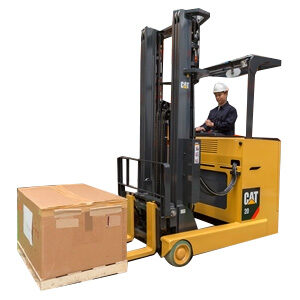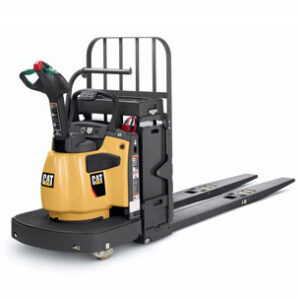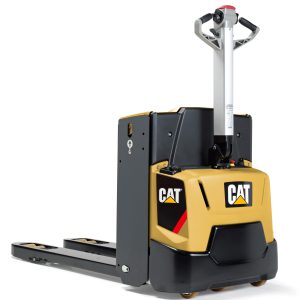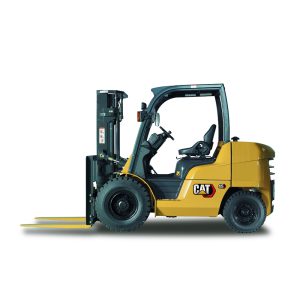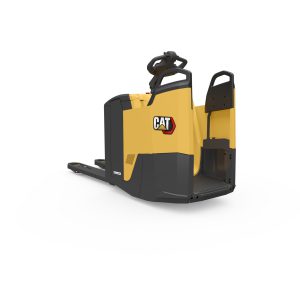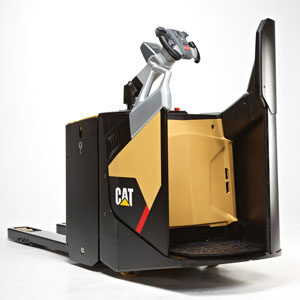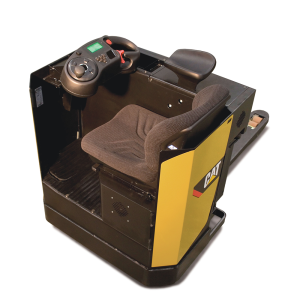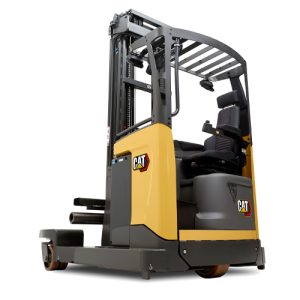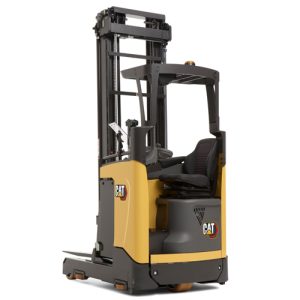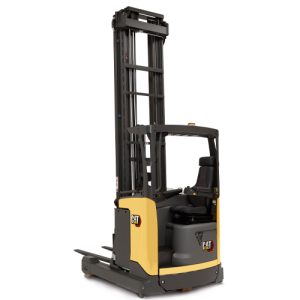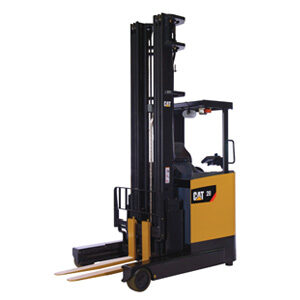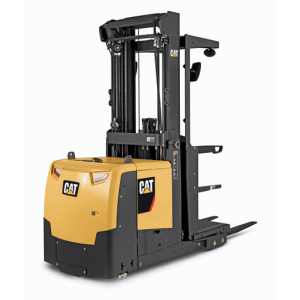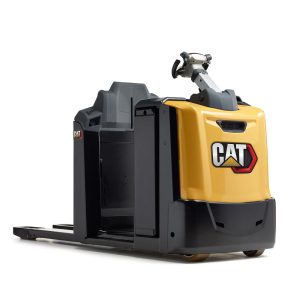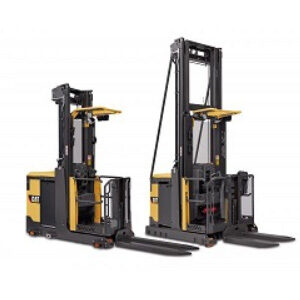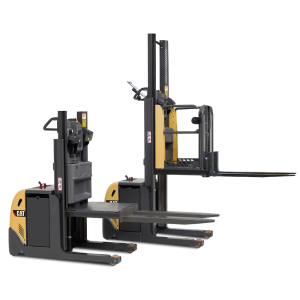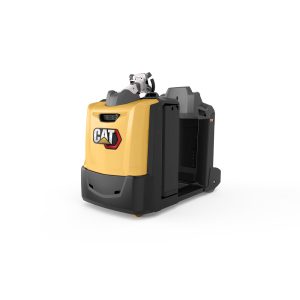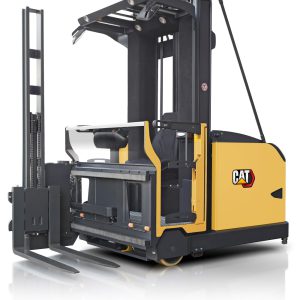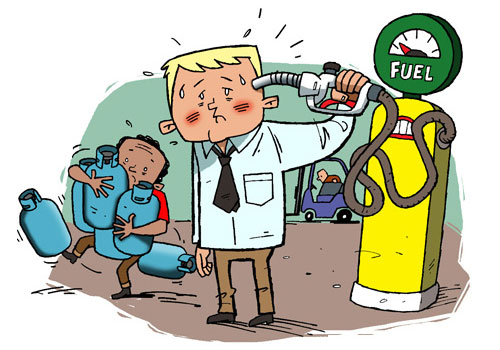
The forklift fuel robbery
02/06/2014
The fuel cost of forklift operation adds up to thousands of Euros over a typical contract period. In a truly intensive application this can be even more. With fuel prices on the increase, even a small difference in fuel efficiency adds up to very large savings – money that no company can afford to waste.
The study showed a surprisingly large difference between manufacturers’ fuel consumption, making big savings a tangible reality with the ‘right’ truck.
Fuel consumption is a figure that’s often overlooked when buying a new truck, buried as it is, deep in the manufacturer’s VDI datasheet… and if the figure given does not compare well, who can blame the salesman for not drawing it to your attention? In some cases, the fuel consumption figure may not even be shown at all.
In this article we’ll show you what to look for, how it’s measured – and we’ll help give you an idea of how much money you could be saving, to spend on something else.
Read on and you’ll see that the fuel cost difference can add up to as much as 12,000 Euro per truck between two manufacturers over five years. A staggering figure, and with the cost of fuel rising ever-higher, it’s an issue that’s not going to go away or improve any time soon.
The Fuel Consumption Test
The fuel consumption figure given on forklift datasheets is typically shown as VDI 60.
This figure means the truck has driven a ‘duty cycle’ based on the VDI2198 test circuit (see figure below), carefully moderating its speed so that it completes this cycle 60 times in 60 minutes. Fuel consumption for the hour is then measured.
VDI stands for ‘Verband Deutscher Ingenieure’, the accepted standard for comparing fuel consumption of the different forklift trucks. However, in practice, how the truck is used, and, in particular, the way that the operator drives can, and usually does, make an even more significant difference.
The truck being tested drives forward to position ‘A’, then lifts its rated load to a height of 2 metres, reverses out and travels to position ‘B’ some 30 metres away, where it lifts its load again to 2 metres, before reversing to its start position.
VDI test cycle according to VDI2198.
This is obviously quite an intensive cycle, and in most real-world situations a forklift will not work as intensively as this throughout its shift, but this is the standard measurement. A reasonable estimate of real-world fuel consumption cost may be reached by taking each manufacturer’s datasheet VDI60 fuel consumption figure – and assume it is working, on average, for just 60% of the time, or 4.8 hours a day.
So here’s how to work out total fuel costs for yourself:
1. Take the Fuel Consumption figure from a forklift’s spec sheet
2. Multiply this by the fuel cost per litre of diesel or per kg for LPG
3. Estimate how many hours per day the truck will be used
(e.g. 60% of an 8 hour shift = 4.8)
4. Multiply by number of shifts per year (e.g. 260)
5. Multiply by number of years in contract (e.g. 5)
Conclusions
By using manufacturers’ own data, it was clearly shown that there is currently a large difference between manufacturers’ fuel consumption performance. When taken over short or long periods, and in moderately intensive applications, fuel can account for a very large part of the cost of ownership – a huge factor if the buying decision is influenced by price.
Figures calculated over a typical five year contract period show that an efficient truck can save its operator around £13,000 in fuel compared to the worst – using current fuel prices, which are certain to rise further.

